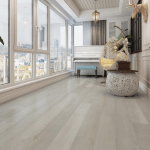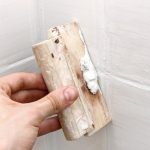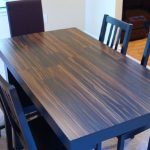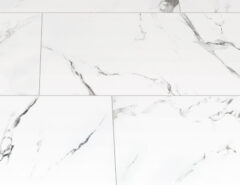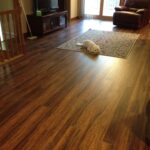When ordering container loads direct from factories, and sometimes when ordering from your local tile shop, you may see some different methods of packaging travertine tiles.
Often, when product is being shipped directly to construction or job sites, the tiles are packed “loose” within the pallet. This is a bit of a misnomer as they are packaged tightly, but with no more packaging other than the wooden crate as seen below.
When product is being packaged to send to a retail, wholesale or distribution environment, the pieces are often packaged within the wooden crate. This offers these outlets opportunities to sell partial pallet quantities much more easily. Some of the options are shrink wrapped, cardboard boxed, and Styrofoam packed, each with its own advantages and disadvantages.
Shrink wrapped travertine is probably the most cost effective. It allows a factory to group tiles in bunches for easier handling and resale. Shrink can be versatile because the size of the plastic is not fixed, meaning the contents can be changed to suit the customers requirements. One of the things to keep in mind about shrink wrapping for travertine is that tiles come off the production line wet and due to the porous nature of the stone, maintain that wetness for some time inside the tiles. Once unwrapped, the end customer may need to let the tiles dry out for a day or two prior to working with them.
Cardboard boxes are another method of packaging tiles. The biggest issue with the cardboard comes from the aforementioned issue of moisture retention and water ingress into containers during ocean shipping. Both of these issues can sometimes leave the boxes weak, warped and generally kind of ugly. They are also a static size so the same amount of tiles have to be packaged in each box.
One final option for packaging is the Styrofoam box. Styrofoam is actually the trademark by Dow Chemical Company for polystyrene thermal insulation. This type of packaging offers the best protection during transport and on shelves as it does have some impact absorbing qualities. The biggest issues with polystyrene are the environmental impacts as it is a type of thermoplastic manufactured from petroleum. For more information on polystyrene, its production, uses and impacts, check out the Wikipedia post HERE.


